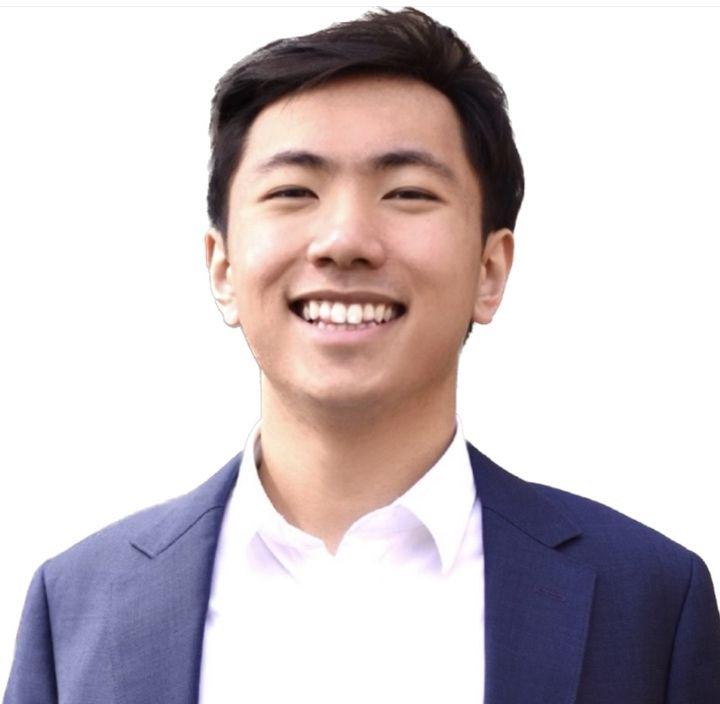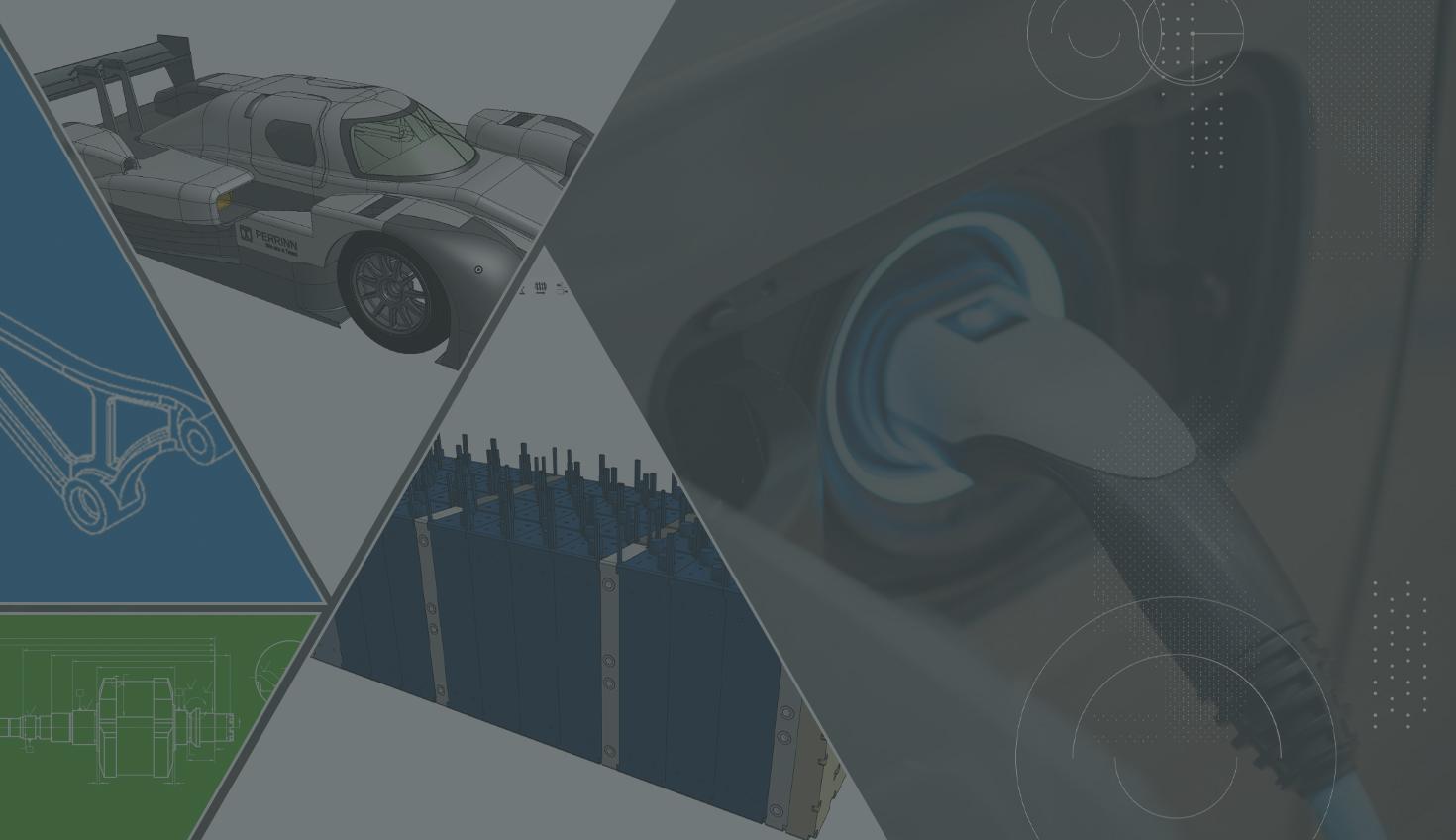
4:53
It’s road trip season. A whopping 63 percent of Americans anticipate traveling this summer for leisure, and almost 50 percent of Americans plan on traveling more in 2023 than in 2022.
That’s millions of cars, buses, shuttles, etc., on the road that are still powered by diesel or gasoline, leaving behind high amounts of carbon emissions. Given the higher efficiency rates for electric vehicles (EVs) than conventional vehicles (EVs can convert 2-6 times more grid energy into usable power) one might think that EVs should naturally be the standard mode of transportation.
Unfortunately, that is not the case (yet). About 90 percent of U.S. transportation is powered by some form of petroleum. Despite a record-breaking number of 10 million electric cars sold in 2022, less than one percent of cars, SUVs, and light-duty trucks on the road today are fully electric.
Why is this? And what’s the future of electric cars?
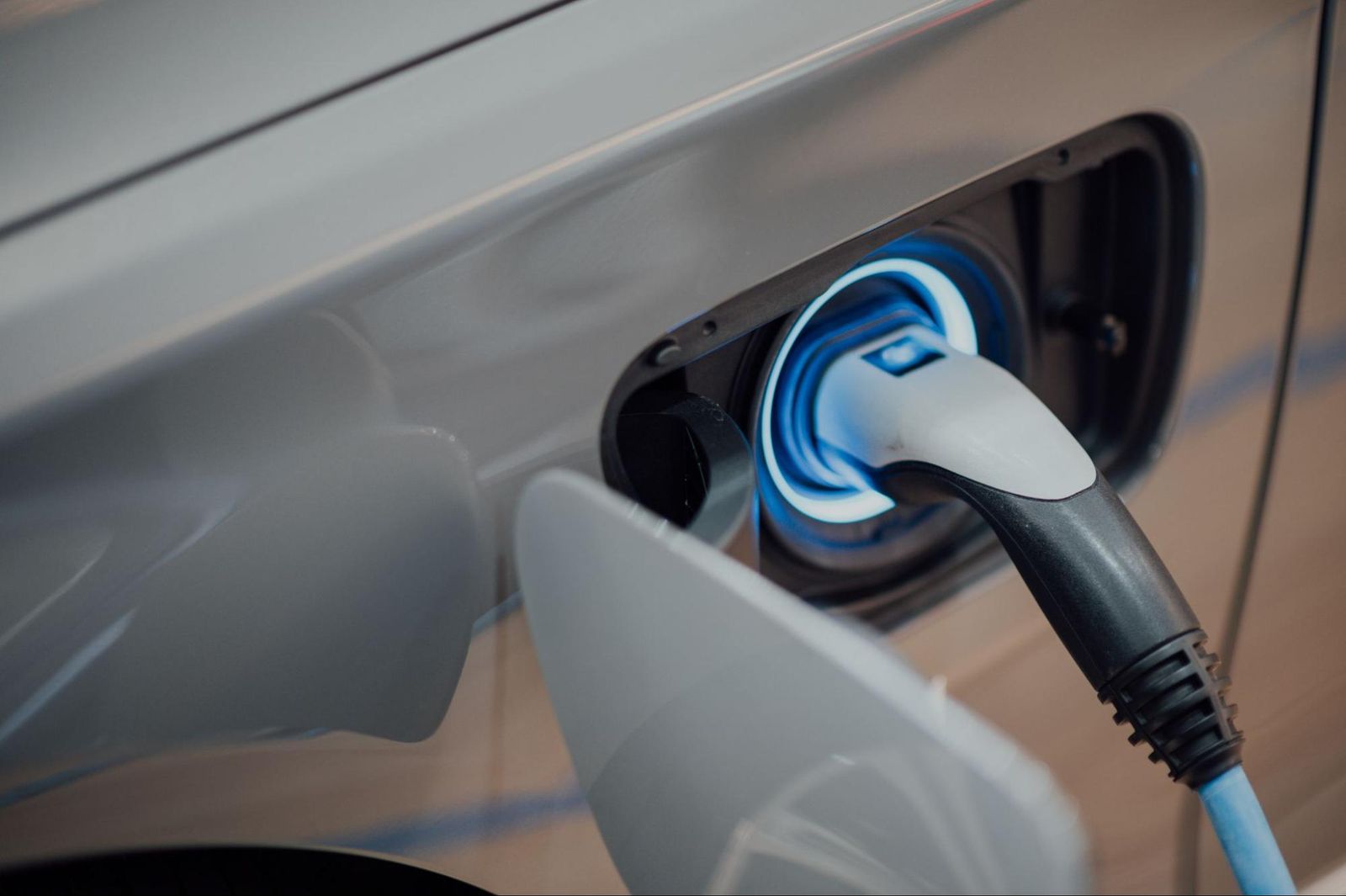
Barriers to the Future of EVs
From expensive materials to challenges in customer adoption to hiring engineering talent, the EV space is burdened by a variety of design and manufacturing obstacles. New electric vehicle innovation can be costly, which highlights the importance of implementing cost-effective CAD and PDM solutions throughout the development process to alleviate bottlenecks.
First, the lack of infrastructure looms large for the future of EVs. Electric vehicles require a different suite of care and maintenance, such as charging stations. For families looking to take a quick trip to the closest beach or get out of the city for a weekend, accessing charging stations can present real challenges and even deter them from buying EVs – who wants to plan their trips around a full battery when you can just fill up at a nearby gas station with a conventional car?
These days, time is money and where consumers see challenges, product designers and innovators see opportunity. The success of electric car innovations requires significant investment into electricity-related technology across the nation and the world: In the United States alone, switching completely to electric vehicles would increase energy demand by 25 percent, or over 1 trillion kWh each year.
Next, functionality. Electric vehicles typically have a smaller range than conventional vehicles due to battery limitations and charging time. When traveling, waiting extra hours for a battery to charge can feel exhausting. Just take a look on social media to see all of the creative solutions people are trying to circumvent this functionality and convenience gap – from turning off the AC in hopes of making the battery charge faster to experimenting with new driving techniques to increase driving range.
These factors may make EVs appear less functional and convenient compared to their fossil fuel-powered counterparts. Additionally, this perceived difference in value can be exacerbated by the higher sticker price of electric vehicles – approximately $10,000 on average. Again, where some see barriers to EV adoption, others see opportunities for the future of electric cars with startups, ideas for innovation hubs, and design challenges to tackle.
From improving battery efficiency to increasing driving range, companies around the globe are working on electric car innovations that enhance functionality, accessibility, and convenience by refining their own product development processes.
XING Mobility: The Future of EV Batteries
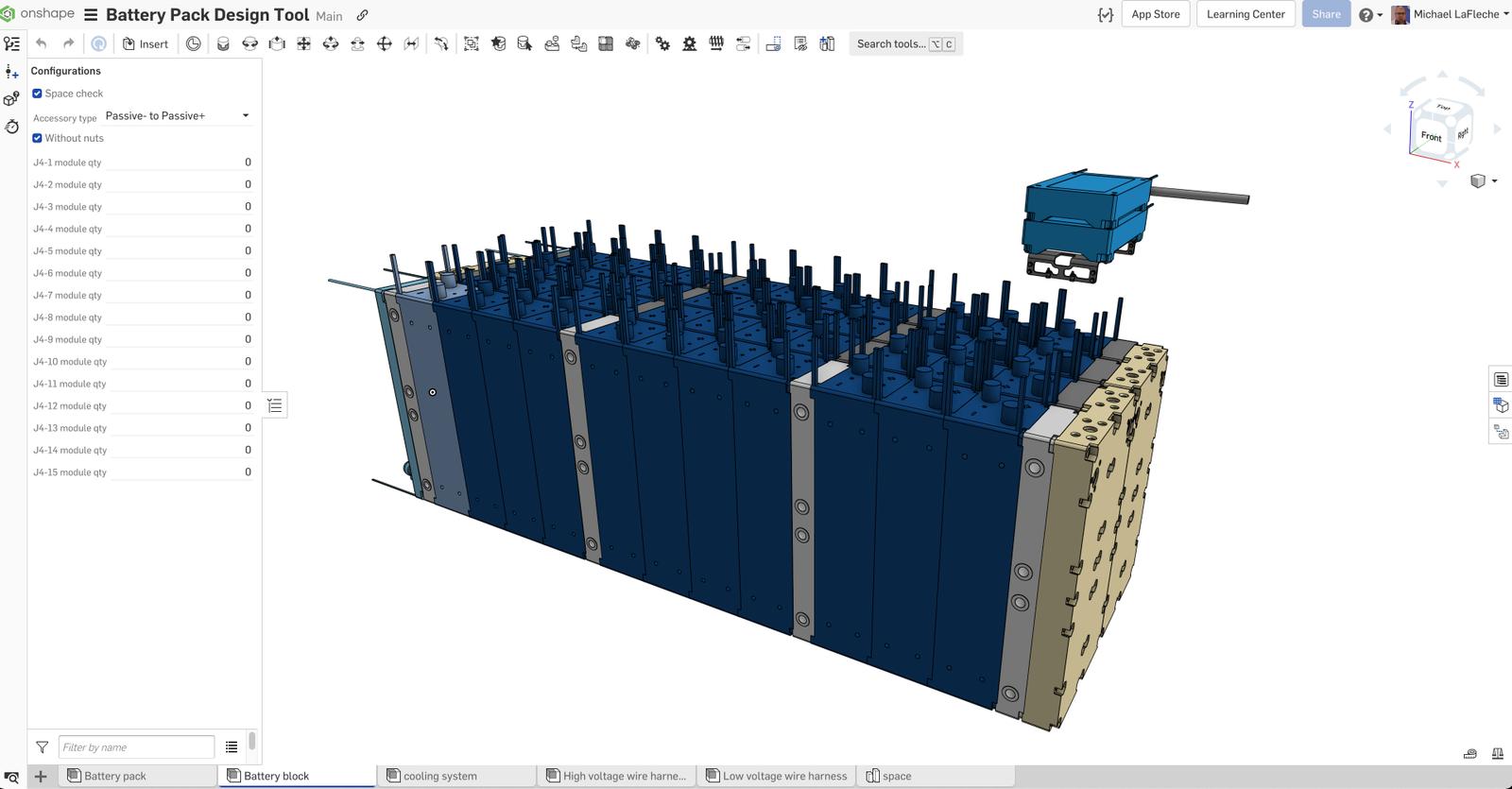
With Onshape, XING Mobility is striving to make the EV functionality gap history.
XING Mobility focuses on producing innovative modular electric battery systems and powertrains that are more efficient and have a longer lifespan than conventional offerings. In order to do so, the company is pioneering its own immersion-cooling technology, which allows batteries to cool more effectively and ideally be suitable for heavier applications that existing EV batteries can’t serve.
XING Mobility needs to design a multitude of customized batteries and solutions for their various applications. As such, the time spent on repetitive tasks in their design process can be tiresome and obstruct higher-impact work. With Onshape’s FeatureScript, the team at XING Mobility has been able to automate the process of stacking battery modules within a specified volume, saving the company 400 engineering hours in a year and substantially improving development efficiency.
Read the Onshape XING Mobility Case Study
PERRINN Limited: An All-Electric Racing Vehicle
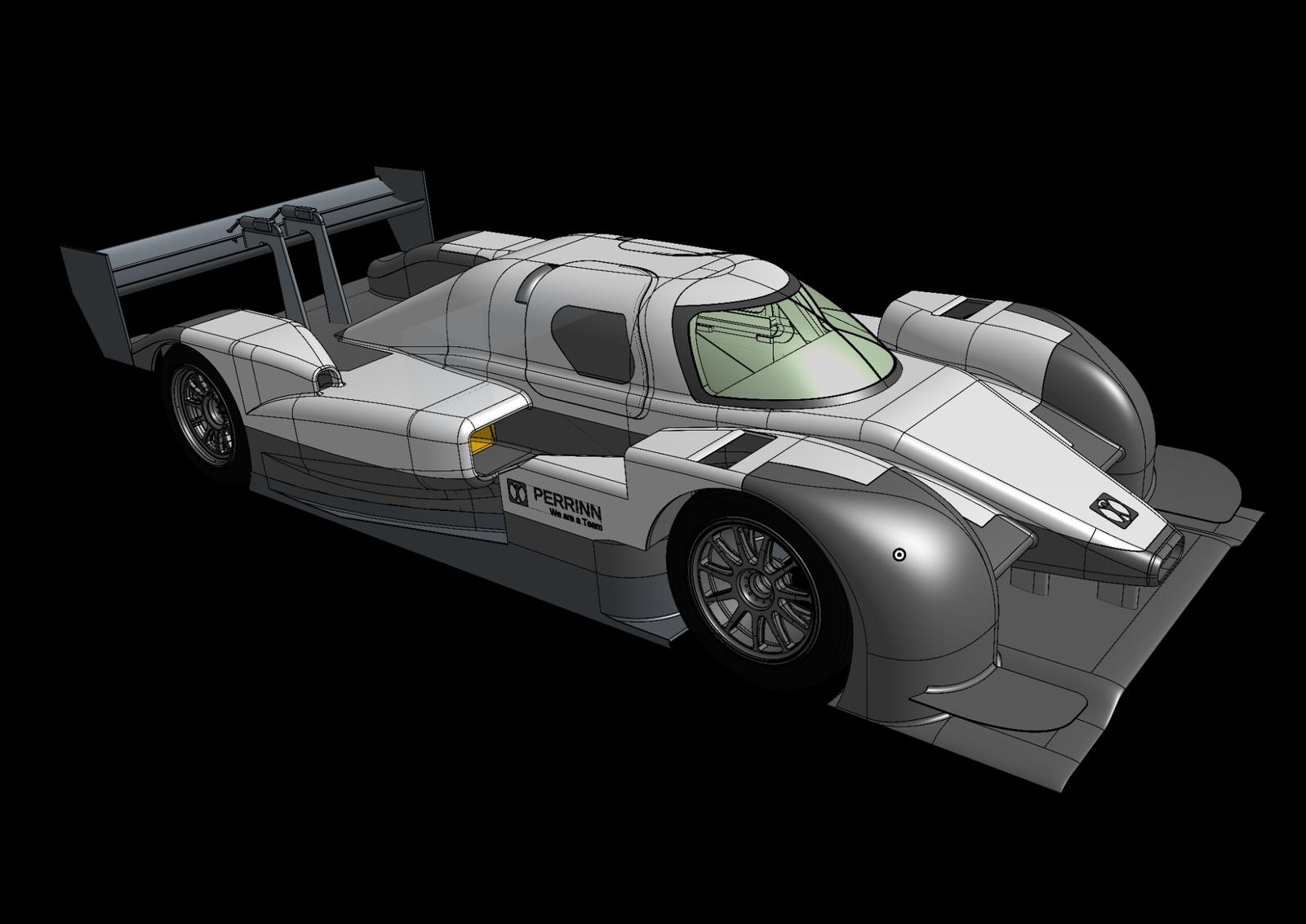
Sure, Onshape is powering electric car innovation to make everyday EVs more accessible, but what about something faster?
PERRINN Limited is using Onshape to power its development of an all-electric racing vehicle – the PERRINN 424 Hypercar.
With a team that is split between three continents, seamless collaboration is crucial for efficient development. Using Onshape, the PERRINN team can leave real-time feedback and designate tasks while working collectively on one cloud-native design.
Additionally, with Onshape’s Branching and Merging features, the team can explore alternative designs with relevant stakeholders and combine them with the primary design effortlessly, further streamlining the design process.
Given the crowdsourced development nature of this project, the team at PERRINN 424 relies on the versatility that Onshape offers: They can easily share elements of the project they would like public/stakeholder feedback on and incorporate that feedback into the design.
It might not be too long before the entire racing industry is also disrupted by EVs as well, so buckle up!
Read the Onshape Perrinn Case Study
Onshape’s Role in the Future of EVs
It is important to note the remarkable strides the industry has made in just a few decades: Battery prices have fallen by 97 percent over the last 30 years; energy density of batteries has increased more than eightfold since 2008; and 2.7 million charging stations are now available worldwide as of December 2022. The EV industry is tapping into incredible potential.
Onshape is the preferred product development platform for EV startups because of its collaborative, agile, and file-less experiences. For companies bringing new EV innovation to market, Onshape’s advantages can mean cost savings, smoother workflows, and engineers focused on the vehicle, not the CAD tool.
The Onshape Discovery Program
Learn how qualified CAD professionals can get Onshape Professional for up to 6 months – at no cost!
Latest Content

- Case Study
- Industrial Equipment & Machine Design
Reframe Systems: Transforming Homebuilding with Digital Automation and Cloud-Native Onshape
09.25.2025 learn more
- Blog
- Aviation, Aerospace & Defense
- Branching & Merging
- Custom Features
- Learning Center
- Onshape Government
Why Aerospace & Defense Teams Choose Onshape for Product Development
12.18.2025 learn more
- Blog
- Evaluating Onshape
Cloud-Native CAD 2025 Wins: Revenue Growth, Real-Time Collaboration, Unified CAD-CAM
12.17.2025 learn more
- Blog
- Becoming an Expert
- Assemblies
- Simulation
Mastering Kinematics: A Deeper Dive into Onshape Assemblies, Mates, and Simulation
12.11.2025 learn more
